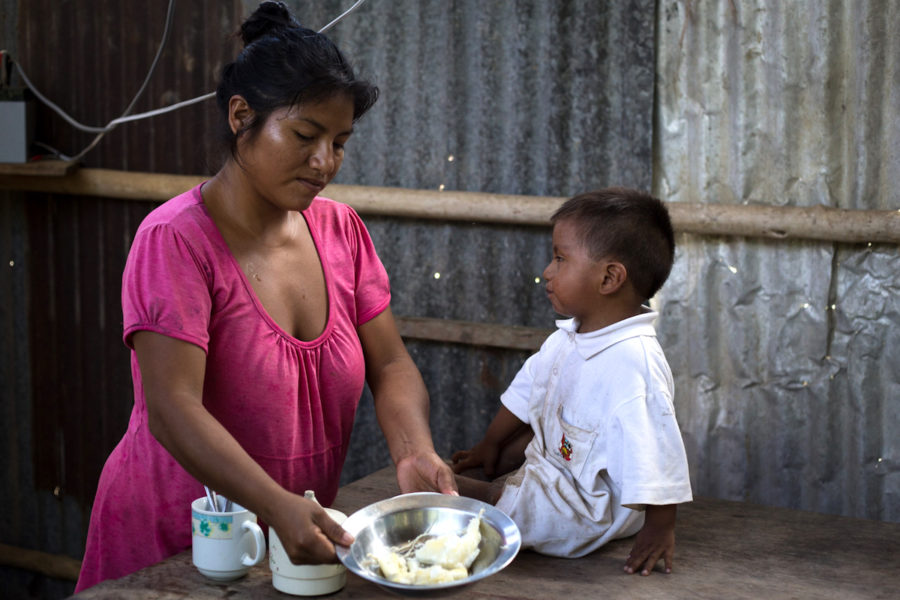RIO DE JANEIRO, BRAZIL – In 18 of the 25 regions of Peru, more than half of the households are in a situation of food insecurity, a scenario aggravated by the rise in international prices due to the war between Russia and Ukraine, reported the Peruvian Institute of Economics (IPE) on June 23.
According to the study “Challenges and alternatives to face the food crisis” by IPE, the prevalence of food insecurity in the Andean country is higher in regions whose economy is centered on agricultural activities, mainly in Ayacucho, Apurimac, Cusco, Puno, and Ancash.
This year’s historical highs in international food and fertilizer prices, explains the IPE, have translated in Peru into “a significant increase in the cost of the basic food basket, which has been affecting the poorest households the most”.

Proof of this is that households with children and adolescents with at least one member has a calorie deficit have increased from 31.8% to 34.2% between the first quarter of 2020 and the same period of 2022. This problem generates “irreversible effects” on minors’ physical and cognitive development.
According to figures from the Ministry of Agrarian Development and Irrigation and the Central Bank, the Andean country stopped importing around 82,000 tons of the chemical compound urea per month, which is “harming crop yields and food production”.
For this reason, small farmers have resorted to alternatives such as using natural fertilizers, adds the IPE, after mentioning that lower yields and reduced profit margins are putting at risk around 365,000 workers who during the covid-19 pandemic migrated from the city to the countryside.
In addition, the report recalls that poverty in Peru increased from 20.2% in 2019 to 25.9% in 2021, equivalent to an increase of more than 2 million poor people, a scenario that responds, to a large extent, to the precariousness of the labor market, which in March this year recorded an underemployment rate of 42.2% in the country’s urban areas.
For the IPE, the current situation calls for the adoption of policies to alleviate the situation of the greater economic vulnerability of low-income households, focusing on addressing the potential loss of income that will be generated for farmers by the fall recorded in recent planting seasons.
“Actions have been implemented with limited effectiveness to address the most vulnerable segments of the population, at the cost of a high fiscal effort. However, it has ended up benefiting higher-income households. Therefore, the State’s response must be reconfigured to prevent high food prices and fertilizer shortages from causing greater harm to the poorest population,” the report concludes.
With information from EFE

